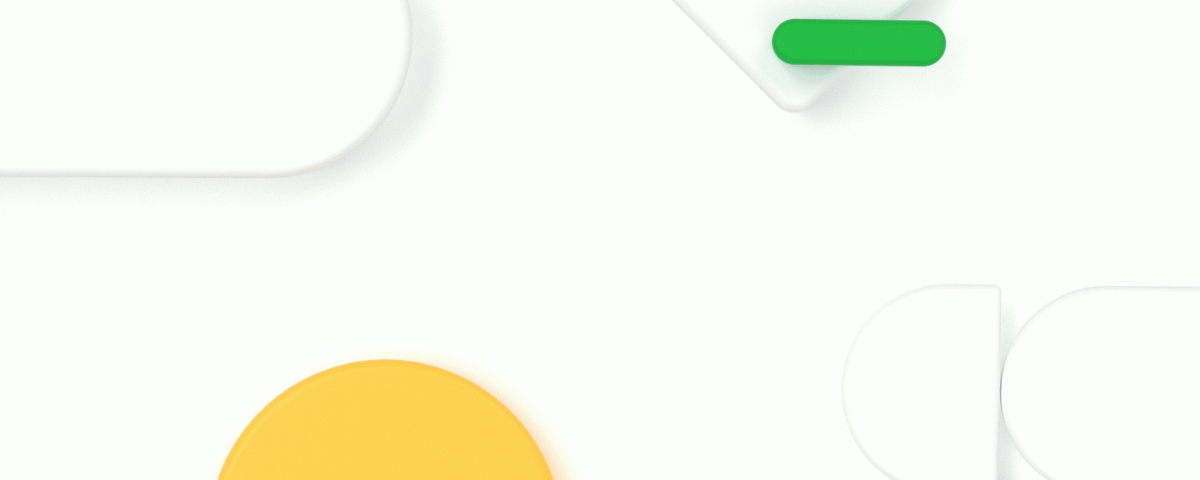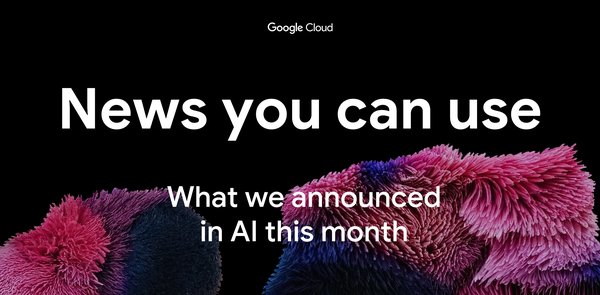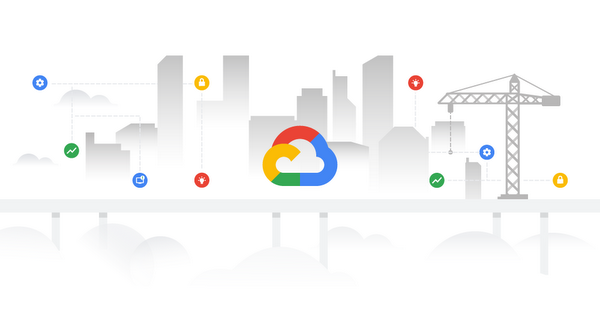Cloud Everywhere
Introducing Google Distributed Cloud–in your data center, at the edge, and in the cloud
Google Distributed Cloud is a portfolio of fully managed hardware and software solutions that extend Google Cloud’s infrastructure and services to the edge and data centers. Enabled by Anthos, it’s ideal for running local data processing, low-latency edge compute workloads, modernizing on-premises environments, running sensitive workloads that meet sovereignty requirements, or deploying private 5G/LTE solutions for customers. Read the full announcement here.
Google Cloud Cortex Framework
The new Google Cloud Cortex Framework is a foundation of endorsed solution reference templates and content for customers to accelerate business outcomes with less risk, complexity, and cost. This allows customers to kickstart insights and reduce time-to-value with reference architectures, packaged services, and deployment accelerators. Customers can deploy templatized solutions from Google Cloud and our trusted partners for specific use cases and business scenarios in a faster, more cost-effective way. In our first release, customers can take advantage of a rich data foundation of building blocks and templates for SAP environments. Read the announcement.
Apigee: Native support for managing lifecycle of GraphQL APIs
Developers can now productize and manage the full lifecycle of GraphQL APIs natively in Apigee, just like REST APIs. Developers can use the GraphQL policy in Apigee to impose restrictions on the payload by setting a maximum on the number of fragments allowed, associate GraphQL with API products, leverage the OAuth2, VerifyAPIKey, and Quota policy features, just as in REST and validate and authenticate requests at the schema level.
Google Cloud Customer Awards: Results are in
Launched this year, Google Cloud Customers Awards recognize innovative thinking, technical excellence and transformation in the cloud. The standard of entries was extremely high and senior technical judges used a set framework to assess each one. Winners will be announced at Next ’21 and trophies are being sent with our gratitude. As part of Google Cloud’s recognition program that includes Google Cloud Partner Awards, we are thrilled to celebrate our customers in this way. Read the blog.
Opening Anthos to virtual machines
Anthos for Virtual Machines is now in preview, allowing you to standardize on Kubernetes while running some workloads that cannot be easily containerized in VMs. There are two ways to use Anthos for VMs: For customers with active VMware environments, you can attach your vSphere VMs to the Anthos control plane. Alternately, Anthos for VMs allows you to shift VMs as-is onto Anthos with KubeVirt, an open-source virtualization API for Kubernetes. Read the blog.
Anthos: one multicloud management layer for all your applications
We are making it easier to use Anthos to manage workloads already running in other clouds, with the new Anthos Multi-Cloud API. Generally available in Q4 ’21, this new API lets you provision and manage GKE clusters running on AWS and Azure infrastructure through a centralized Google-Cloud-backed control plane. Learn more here.
Introducing Cloud Build Hybrid
Having consistent CI/CD tooling across environments is critical for developers. Likewise, platform engineers are tired of putting out fires related to maintaining and scaling out CI/CD tooling. Based on an open-source Kubernetes-native Tekton CI/CD framework, the new Cloud Build Hybrid lets you build, test, and deploy across clouds and on-premise systems, while giving you the benefits of a Google-managed, ‘no-hassle’ control plane to manage all your pipelines across environments. Read the announcement.
New build integrity features in Cloud Build
Cloud Build’s new build provenance and build attestation features make it easier to improve the security of your software supply chain. As part of the image’s provenance, Cloud Build automatically records details like the images generated, the input sources, the build arguments, and the built time, and a new attestor allows you to deploy only trusted images using Binary Authorization. Learn more here.
Managed Service for Prometheus is in preview
Google Cloud’s operations suite already offers Cloud Monitoring for those who want a fully managed metrics service. However, if you just want to offload the hassle of scaling and managing Prometheus infrastructure, updates, storage, we’ve launched a preview of Managed Service for Prometheus. Keep the tools you use now: Prometheus alerting, workflows and Grafana dashboards and avoid vendor lock in. Read the blog.
Introducing Log Analytics
Many customers use the power of BigQuery to analyze logging data and get deep operational and business insights. Log Analytics (currently in preview) makes system and workload logs that are ingested into Cloud Logging available to store, manage, and analyze in BigQuery. Full announcement here.
What’s new in serverless
You can now use the simplicity of Cloud Run with traditional workloads like applications written in Java Spring Boot, ASP.NET, and Django, among others. A new second-generation execution environment provides enhanced network and CPU performance, while discounts and CPU allocation controls allow you to save up to 25% on your compute bill. The Cloud Run/Binary Authorization integration, now GA, helps enforce policy-based deployment. Finally, longer execution times for Cloud Functions from 9 to 60 minutes and larger instance types of up to 16 GB to make it easier to build modern, serverless apps.
New GKE autopilot features
The Google Kubernetes Engine (GKE) autopilot mode of operation makes it easy for users to deploy and manage their apps on containers, and now supports committed use discounts, mutating Kubernetes webhooks, and pod-level security controls with OPA Gatekeeper. Watch the NEXT ’21 session for more information.






